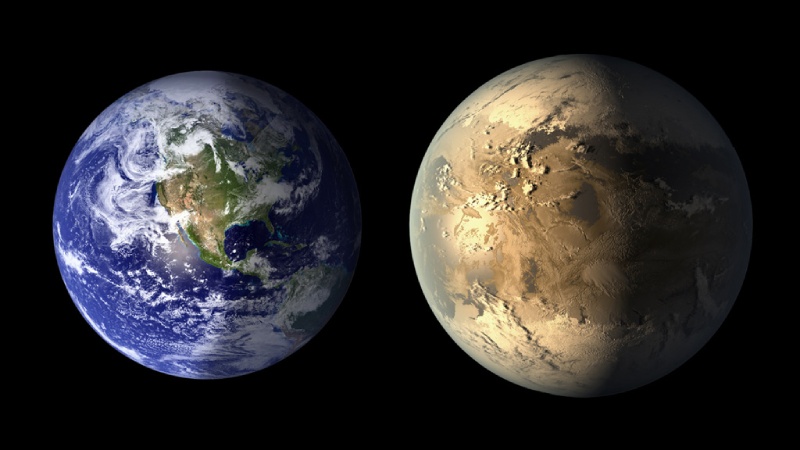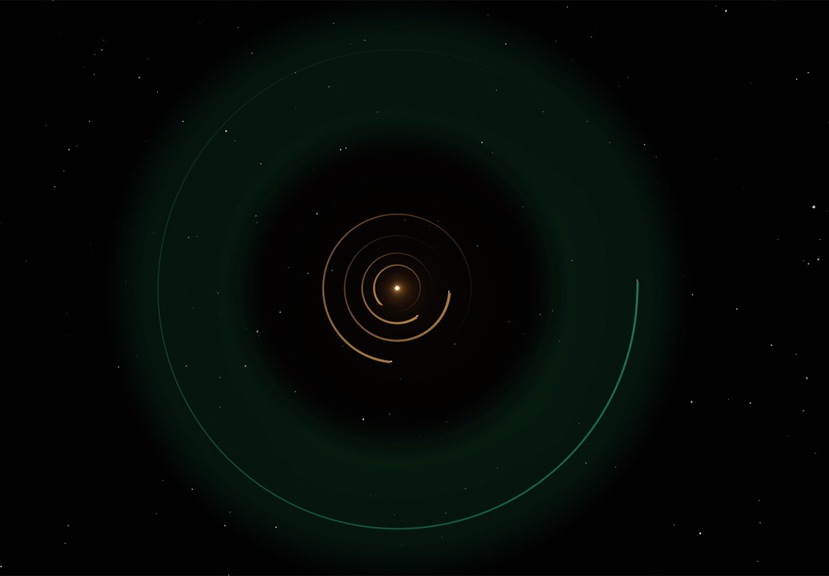Kepler-186f is an exoplanet, meaning it resides outside our solar system. Discovered by NASA’s Kepler spacecraft in April 2014, it orbits a red dwarf star known as Kepler-186, located over 500 light-years away in the constellation Cygnus. Below are some key features and characteristics of Kepler-186f:
Size and Composition
Kepler-186f is classified as a rocky planet, meaning it likely has a solid surface similar to Earth’s. It is only slightly larger than Earth, with a radius about 1.1 times that of Earth.

Temperature and Climate
The exact temperature and climate of Kepler-186f are not precisely known, but it is believed to orbit within the habitable zone of its star. The habitable zone is the region around a star where conditions might be right for liquid water to exist on the planet’s surface, which is considered a crucial factor for the potential development of life as we know it.
Orbital Characteristics
Kepler-186f orbits its host star at a distance where it receives about one-third the amount of sunlight that Earth receives from the Sun. Its orbital period, the time it takes to complete one orbit around its star, is approximately 130 days.
The exoplanet orbits a red dwarf star, which is smaller and cooler than the Sun. Red dwarfs are the most common type of star in the Milky Way galaxy, making up about 70-80% of all stars.

Potential for Life
Kepler-186f sparked considerable interest because it is one of the first Earth-sized planets discovered within the habitable zone of its star. While its potential for supporting life as we know it is still uncertain and speculative, its discovery has fueled discussions and research into the possibility of habitable exoplanets beyond our solar system.
It’s important to note that our knowledge of Kepler-186f is based on observations and measurements made from a great distance, and there is much we still don’t know about this intriguing exoplanet. Future missions and advancements in technology may provide more insights into its characteristics and whether it could indeed harbor life.
Observation
Kepler-186f’s host star, Kepler-186, is located about 557 light-years away in the constellation Cygnus. It has an apparent magnitude of about 12.5, which makes it too faint to be seen with the naked eye, binoculars, or even small amateur telescopes. To observe Kepler-186, you would need a large telescope, typically one with an aperture of at least 8 inches or more, and even then, it would require very dark skies and optimal observing conditions.
Kepler-186 is located in the constellation Cygnus. Cygnus is a prominent constellation in the northern sky, often associated with the “Northern Cross” asterism, and is best visible during the summer and early autumn months in the Northern Hemisphere.



